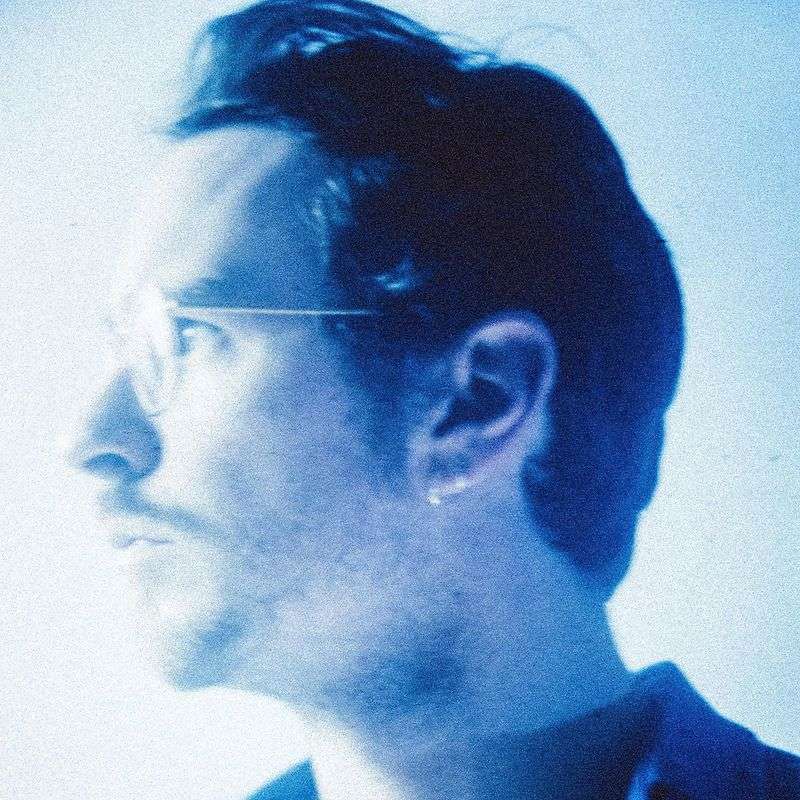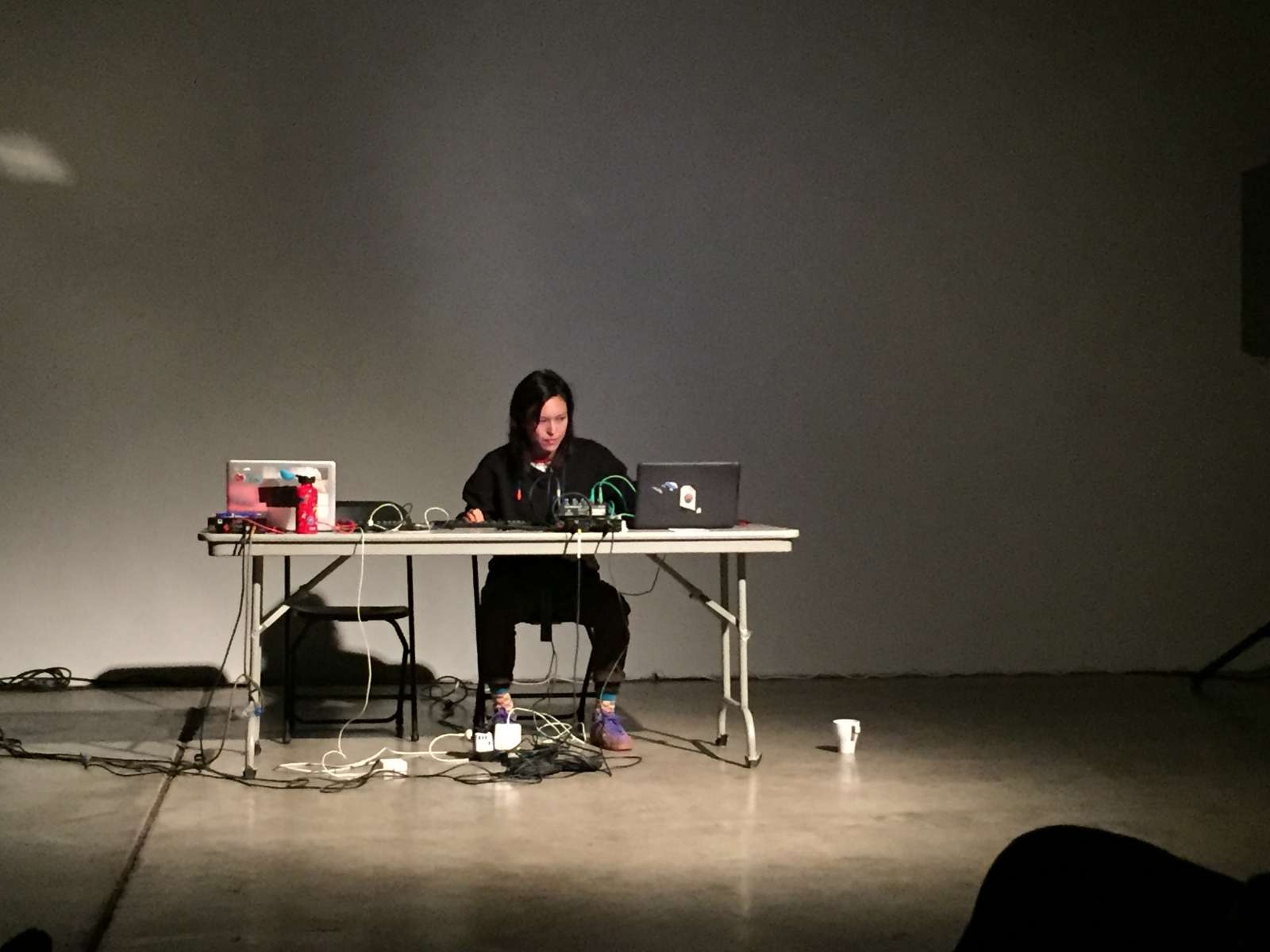Interview met Mattias De Craene en Liew Niyomkarn
achtergrond: concertavond 31 Juli
We keken enorm uit naar het bezoek van klankenshamaan Mattias De Craene en geluidsschilder Liew Niyomkarn dit weekend in onze smetteloze ruimtes. Door de nieuwe maatregelen rond het virus, zijn al de geplande concerten komende vier weken geannuleerd. Des te meer delen we graag met jullie de interviews die Bosvrijwilliger Tomas Serrien deed met deze twee hoogst interessante artiesten.

Mattias De Craene
Naast je creatieve uitspattingen bij groepen zoals Nordmann en MDCIII ga je nu ook solo. Vanwaar de noodzaak voor dit nieuwe project? Dient het ter contemplatieve auditieve bezinning over het leven? Is het jouw muzikaal antwoord op de huidige overprikkelde beeldcultuur?
In een zekere zin wel, ik hunker hoe ouder ik word meer en meer naar rust.. Het is een zoektocht, een experiment, een noodzakelijke stap in mijn traject, zelfontplooiing op elk vlak. Een zoektocht naar het belangrijke van het overbodige te leren onderscheiden. Het is enorm boeiend en interessant om op je eentje een concert te geven, muziek te maken,.. Dat gegeven is nieuw voor mij. En ik hou niet van routine, dus het inspireert me.
Het gebruik van je saxofoon doet me soms denken aan Bohren & der Club of Gore. Zijn zij een voorbeeld voor jou? Dark- of doomjazz, het zou mooi passen op je CV.
Ik hou wel van hun muziek. Maar iedereen, elke muzikant, mens is een voorbeeld voor mij, een voorbeeld van hoe het- naar mijn gevoel- wel of niet moet. Doomjazz, absurdisme, darkjazz,.. zoals je noemt, zijn stijlen die me wel bezig gehouden hebben. Ik neigde er ook vaak naar toe. Nu begint dat te veranderen... . Ik voel verandering.
Ik geraak de laatste tijd meer en meer geïntrigeerd door stijlloosheid, het niet uitdrukken van emoties in muziek, minimalisme, het herhalende karakter van cellen,… .
Repetitieve dromerige patronen zijn een constante doorheen je werk. Heb je bewust gekozen voor deze manier van componeren? Je plaatst jezelf hierdoor wat in de traditie van hedendaagse minimalistische ambient met een donkere ondertoon. Ik denk daarbij aan artiesten zoals William Basinski, Philip Jeck of zelfs Tim Hecker.
Ik ben constant kleine keuzes aan het maken, ik ben in een experimentele fase. De grote keuze waar jij het over hebt zal ik pas binnen een paar jaar kunnen beantwoorden. Ik houd voorlopig wel van je vergelijking, ik ervaar het zeker als een compliment, dat doet me deugd. Maar ik heb nog niet het gevoel dat ik danig iets vast heb gezet dat ik kan spreken van een keuze of aan vergelijking toe ben.
Door dat verdomde virus gaat je optreden in ons Bos onverwachts toch niet door.
Wat hadden we kunnen verwachten? Werd het een auditieve contemplatie over de coronacrisis?
Ik wou het heel rustig houden. Een beetje synths met wat sax erbovenop zouden moeten volstaan. Dat leest verschrikkelijk zo, zwart op wit, zo. Maar het klinkt beter dan het leest!
Wat staat er verder op de planning voor de komende maanden?
Och, we zullen wel zien. De nieuwe plaat van Nordmann ‘In Velvet’ staat klaar om geboren te worden in september, nieuw werk van MDCIII is in de maak, blijven solo experimenteren. En vooral hopen dat de concerten weer op gang mogen komen.

Liew Niyomkarn
In your bio you say that you take a critical view of geography's historical roots, often referencing rituals, co-existence between human and non- human being, and audio culture. Can you explain this a bit more? What do you mean by this?
I’m interested in the connection between human ( us ) and non-human ( animals, nature, and artificial intelligence ) to share a space. And what non-human is constituted in everyday life. What I mean by historical roots is to acknowledge and respect what makes up space.
In the previous album, I was inspired by a classic Chinese novel, 'A classic of Mountain and Sea'. It talks about each mountain in eight directions and animals as guardians. I like the idea of learning mythology through a geographical landscape; therefore, it carries some of those historical roots to this present time. My latest album, Future Ancestor, I depict the Zomia Highland landscape where The Forest Curriculum does research on Anthropocene through the native cultures of Zomia. The topic is bewildering and very political at the same time.
How do you place your work within the tradition of sound art? Why is it important for you to experiment with sound experiences? When I am listening to your work, you seem to be inspired by movements like Musique concrète or by works by John Cage (your Market Collage reminds me of Williams Mix). Am I right?
John Cage’s music does not particularly inspire me, but some of his writing, e.g, ‘Diary: How to Improve the World (you Will Only Make Matters Worse and Composition in Retrospect.’
I wear different hats in sound practice, so one category does not define my work. I have done sound installation, soundwalk, networked music, electro-acoustic music and organize sound performance with another three artists under the name toitoiDROME. I think my work has no strict rules and boundaries. I like the idea of moving physical and mental energies around. I continue developing my sound practice simply because it’s challenging and had a lot of potentials to play around with.
Your work explores the boundaries of the auditory world. Do you distinguish between music, noise and sound?
My work encompasses musical elements, noise and sound so, it’s intertwined, and I don’t think it’s necessary to distinguish them.
What is the impact of modern city sounds (including traffic noise and crowds) on our way of listening? The well-known futuristic composer Russolo already spoke in 1913 about the fact that 'the human ear has become accustomed to the speed, energy, and noise of the urban industrial soundscape'. Recently I read the book 'Sonic Experience' by Augoyard and Torgue. The authors argue that we no longer have the skill of distant hearing. 'In fact, everything in the urban environment is present and seems to be happening everywhere at once. There are fewer distant sounds in the city, just as there is less distant viewing.' They call the loss of distant hearing as one of the most significant changes in aural perception in history. Chris Watson, a pioneer in field recordings once said that we live in a world where 'we hear everything, but we rarely get the chance to focus and listen'. What are your thoughts about this? Is it the job of sound artists to sharpen up our listening? Are we stuck in a hearing attitude?
I guess it’s not just overwhelming external sounds but also our voice in our head that probably distracts us from the present moment. Meditation, both sitting and walking form, will help us recognize those interruptions, and once we do, we will able to let them go and come back to the focal point, e.g., breath or particular sound.
The listening practice stems from Buddhism, and yes, sound as a practice can conductive to this activity. Adel Wang Jing wrote a beautiful text about active listening and mentioned Li Jianhong’s method at the time he developed his piece he called “ environmental improvisation.” Anja Kanngieser described the sonic environment in Rajarhat New Town. There’re notable people out there that promote the listening practice like Thich Nhat Hanh, Yin Shun, Chan Khong, Ruth Denison, and so many people who support nonviolent communication.
Just to end, what's your favorite composer?
I don’t necessarily have one favorite composer, but these people, platforms, books and resources have energized me:
Syrphe, The Forest Curriculum, Lay It On Thick, Yes No Klub, Dhamma dena, Plum village, Female Pressure, Asian Music Network, High Zero, Chananun Chotrungroj, Beverly Glenn-Copeland, Nusasonic, Moormother, Anna Luisa Petrisko , Stephanie Chang Smith, Bonnie Jones, Hannah De Meyer, Maggie Payne, The Space Lady, Trinh Minh Ha, Inne Eysermans, Planta Performance, Not Your World Music by Dimitri della Faille & Cedrik Fermont (book) and Being Imposed Upon by Vesna Faassen & Lukas Verdijk (book).